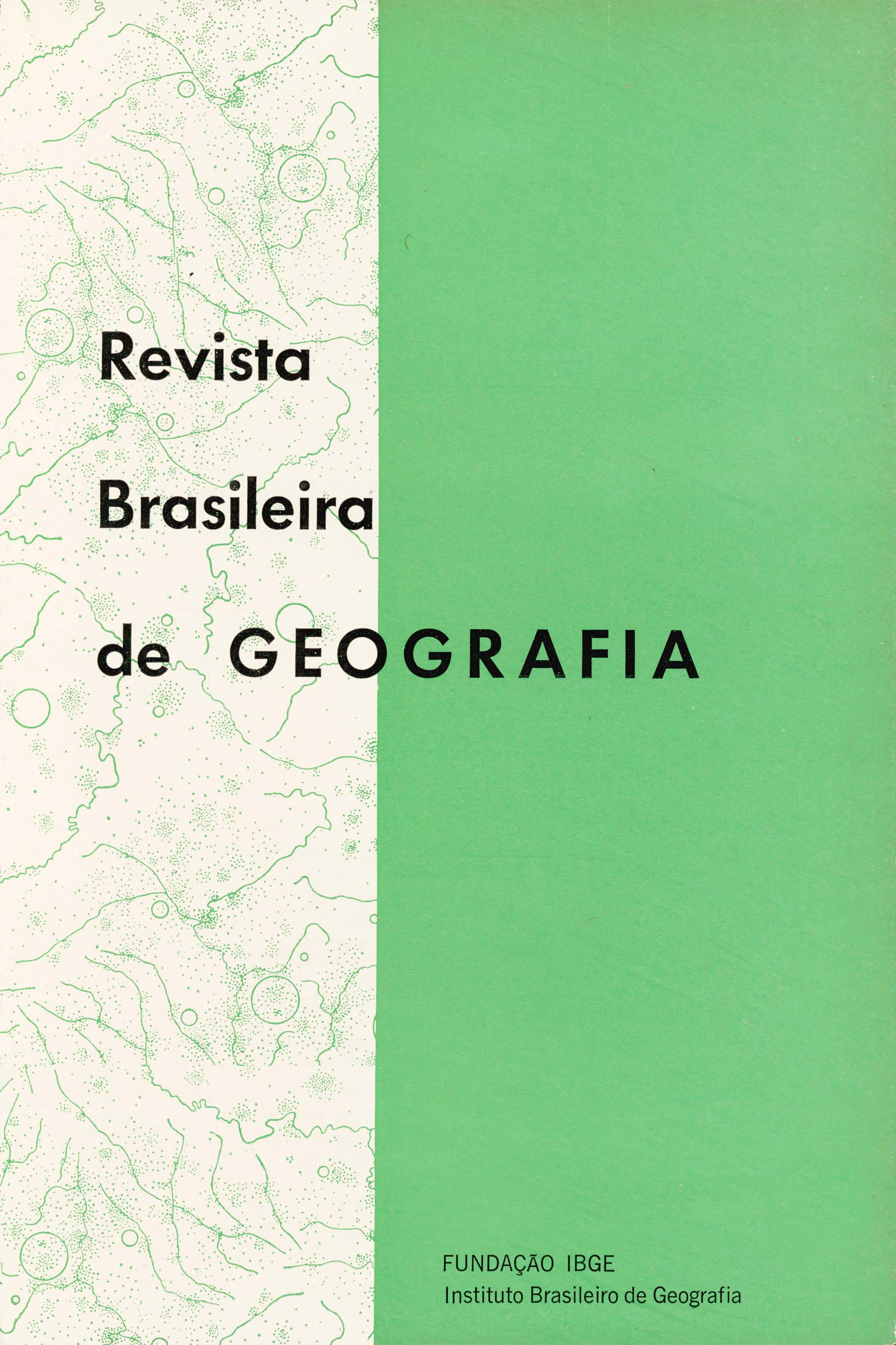Estrutura urbana do Estado do Rio de Janeiro : uma análise no tempo
Keywords:
Rio de Janeiro - Estado, Rio de Janeiro - RJ, Geografia urbana, Crescimento urbano, Urban Geography, Urbanization, Urban growth, UrbanizaçãoAbstract
Abstract:
The aim of this study is to discuss the problem of highly concentrated urbanization in the unequally developed spaces of the capitalistic economic system. The object of the study is the urban structure of the State of Rio de Janeiro which is analyzed over time to detect the extent to which it reflects the changes In the kinds of economic and social development in the State. This temporal focus is essential in understanding spatial structure, in that the growth of cities within the spatial system varies in accordance with the historical context.
The study attempts to identify the link between planning objectives and the structural transformations which occurred. Only by identifying trends and understanding social processes can we effectively seek to plan for social objectives.
Several different types of theories are drawn upon in developing the theoretical foundation for understanding the process of development in its spatial context.
Although the principal focus is historical, it is necessary to measure the elements of the urban system - the cities - in order to evaluate their importance and make decisions. This calls for a series of cross-sections to permit comparative analysis of the empirical data essential to the understanding of the process. Factor analysis is used to assist in this analysis when relevant. Three different levels of spatial aggregation are considered in two time periods (1950 and 1970), as the analysis of the State as a whole would hide important structural characteristics.
Thus, the factor analysis is not used as an end in itself, but as a means of interpreting the process of urbanization via historical structural analysis.
The study shows an ever increasing hegemony of the city of Rio de Janeiro within the urban system of the state. This is the result of the increasing concentration of the process of accumulation within the metropolitan area in this stage of capitalistic expansion in Brazil which has occurred as a result of the planning process, in spite of some changes in the system of cities outside of the City of Rio de Janeiro.






